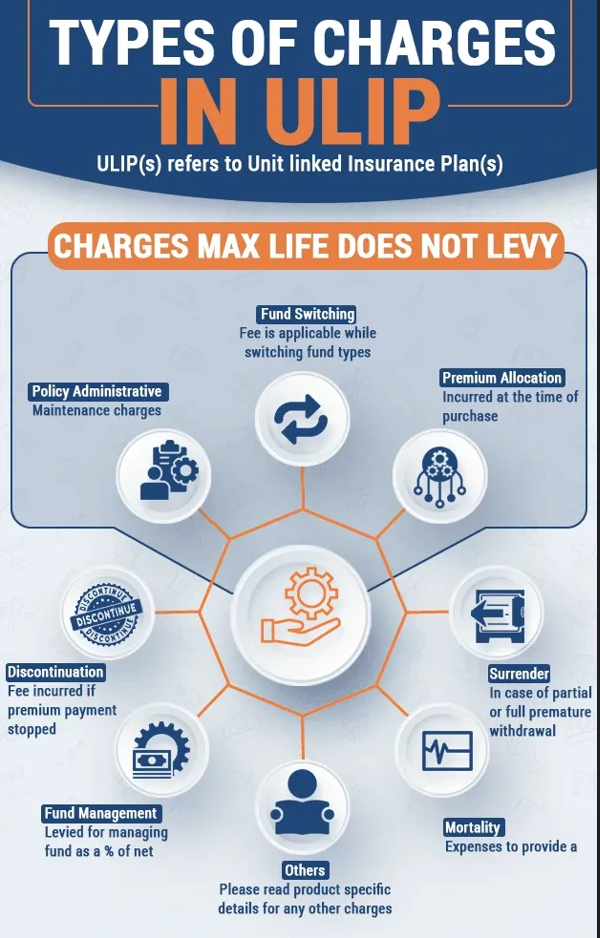Indian Bank Troubles and Lessons..!
Mr. Rajeev Thakkar, PPFAS Asset Management Pvt.
Ltd.
Here is how Vulcans* would run their banks and
handle bank crises.
A bank in trouble would be liquidated. All assets
would be realised. Depositors would be paid from the asset realisation. If the
depositors got their deposits in full, the surplus left would go to
shareholders of the bank.
In case of a shortfall, Deposit Insurance and
Credit Guarantee Corp. would pay up to Rs.1 lakh to each depositor to cover the
shortfall and the shareholders would get nothing.
On planet earth, we do banking differently. It is
said that “History does not repeat itself but it does rhyme”.
So, while we do not know the future, it may be
instructive to look at the past actions of governments and central banks on
earth to have some understanding of how the future will pan out for banks in
India.
No government or central bank likes a systemic
banking crisis. Even the strongest proponents of free market capitalism yield
when it comes to saving bank depositors as
we have seen in the US in 2008 and
2009. In India, where public sector banks have the most market share,
depositors have the least to worry.
Governments and central banks have concluded
(and rightly so) that the costs on the economy far outweigh the costs of bank
bailouts and, thus, do not like bank failures.
Those who hold shares of listed companies in
India are not a large enough vote bank and usually the government or the
central bank would not worry too much about them. But in the case of public
sector banks, the government itself is a majority shareholder.
Also, letting shareholders take a hit would mean
that the message goes out loud and clear to the public that the bank is in
trouble, which is not what they want to do.
Wisely used, bank crises can give opportunities
to shareholders to make good returns at the time of peak pessimism.
Let us look at some of the means of bank
bailouts.
1. Widen credit spreads..!
When the
banking system goes through a credit crisis, credit becomes difficult to
obtain. (Look at the shift from corporate bond funds to gilt funds in the Indian
mutual fund space after the Amtek crisis).
While interest rates in the deposit market, money
market and on government bonds come down, lending rates to corporate borrowers
and households remain at elevated levels.
This results in high yield spreads for banks,
which use the higher income to write off bad loans over a period of time.
The interesting point here is that this benefit
comes to all banks whether the bank is in trouble or not. So, this may be
helpful for the better quality banks.
2. Treasury bond gains..!
In the
last cycle, interest rates on 10-year government bonds had fallen to sub-5%
levels and banks had used treasury gains to write off a lot of accumulated
credit losses.
3. Fund infusion or book entry
recapitalisation..!
The
markets were somewhat disappointed with the level of funds the Budget provided
for recapitalisation of public sector banks.
In the past, the Government of India has issued
special bonds to banks in return for equity.
This provides equity capital to the banks without
resorting to market borrowing and crowding out the private sector. It is
possible that something similar could be used if the need arises.
4. Bad bank or / Troubled Asset Relief Program
(TARP) like schemes..!
In order
to free banks from the legacy of bad assets, asset reconstruction companies
(ARCs) or Special Purpose Vehicles could ramp up purchases of assets from
troubled banks.
There was a lot of reference of this in the
Budget speech.
5. Shotgun marriages..!
This has
been a standard playbook for regulators the world over. Whether it is the JP
Morgan acquisition of Bear Stearns or the Bank of America acquisition of
Merrill Lynch or our own acquisition of Global Trust Bank by Oriental Bank of
Commerce, it is one less problem for the regulators.
In this Budget, there has been some mention of
consolidation and it remains to be seen in what form it comes about.
However, the interesting part from shareholders’
perspective is that usually shareholders of the stronger bank lose out and
those of the weaker bank get some bailout (in some cases).
Because of this, it may not be prudent to invest
in public sector banks as you never know which bank will get merged into it in
the near future.
6. Asset sales, restructuring, cost cuts..!
This happens at the borrowers’ end as well as at
the banks’ end. We have seen asset sales by over-leveraged groups in India to
pay for debt.
At the same time, we could see banks selling
non-core assets such as stock exchange shares, depository shares, mutual funds
and insurance arms, and so on, to generate profits and to free up capital.
This has been seen in the case of international
banks also. It is important to note that all gross non-performing assets (NPAs)
are not a loss. A substantial portion of NPAs can be recovered over time.
9. Just enough stress..!
It is to
be remembered that the regulators and the government want a clean-up; they are
not looking to topple banks.
So, while in one quarter you would see additional
provisioning on account of inspections or advice by the central bank, in the
other quarter, you would see measures such as allowing banks to revalue real
estate assets and use that value for capital adequacy. Even if a dead bank is
allowed to function, the future profits could be used to write off past loans.
Banks that are not likely to be subject to
‘shotgun marriages’ and whose NPA problems are relatively low, may make
excellent investments provided entry valuation is right.
About the author..
Mr. Rajeev Thakkar, chief investment officer and
director, PPFAS Asset Management Pvt. Ltd.































